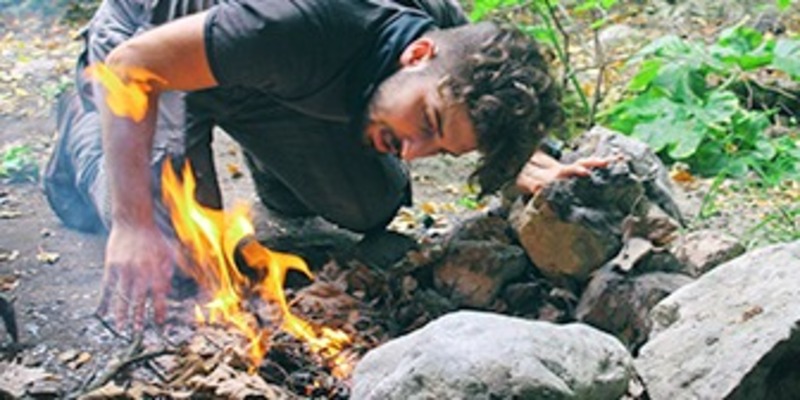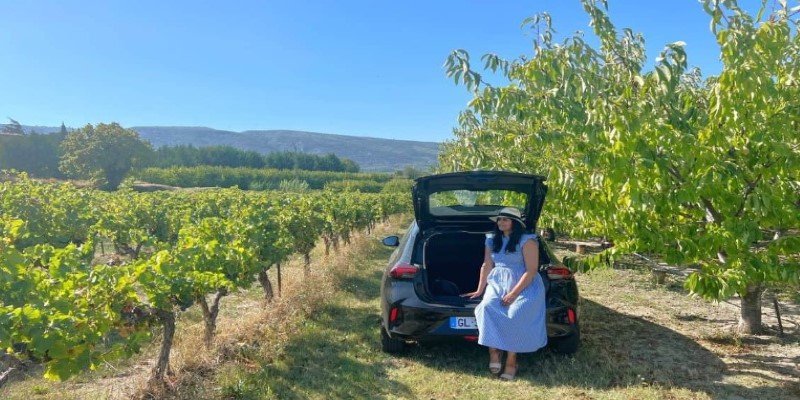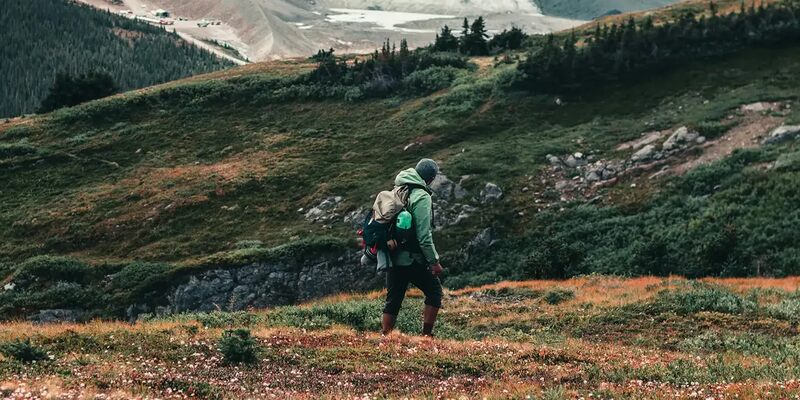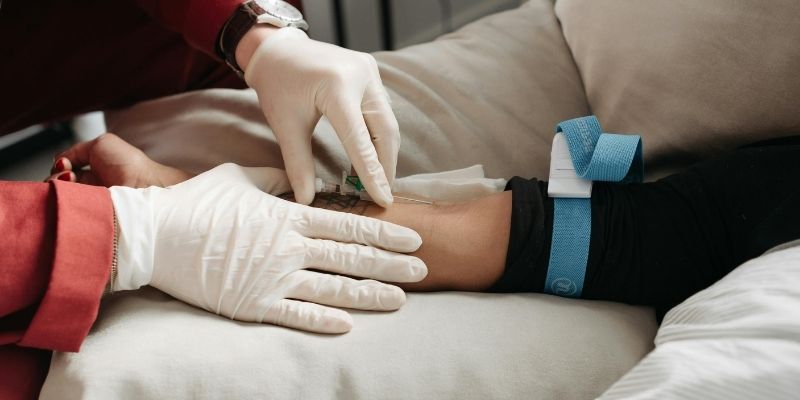Essential Outdoor Safety Advice for a Secure and Enjoyable Adventure
Advertisement
Connecting with nature, finding new locations, and participating in daring actions is a thrilling experience when you explore the outside. But remember these experiences have some natural dangers that need careful readiness and knowledge. Things like sudden changes in weather or surprise accidents can occur, so being cautious about your safety can change your trip from dangerous to delightful. This article highlights essential tips to ensure outdoor safety during your travels.
Plan Your Trip Using the Buddy System
Traveling with a partner can make your safety better when you are discovering unknown areas. If you are hiking, camping, or doing other outside activities, having someone with you makes sure of help if there is an emergency.
A fall down, getting hurt, or an unexpected event gets easier to manage when aid is close by. The buddy system also works to prevent possible dangers from animals or other unexpected risks. By managing tasks together and keeping in touch, you and your partner can split duties, support each other, and have a more safe experience.
Check Weather Conditions Before Departure
The unpredictable nature of weather can significantly influence outdoor activities. This makes it very important to know the conditions before you go on your journey. Sudden rainstorms, high temperatures, or unexpected cooling can cause big problems if not ready for them.

Always check updates about the weather and be prepared for any alterations in a situation. Dress in layers to adjust to changing temperatures and always bring rain protection, even when the sky looks clear. Being aware of weather conditions lessens your chance of surprises and enables you to make knowledgeable choices about continuing or delaying your activities.
Dress Appropriately for the Terrain and Activity
When you are exploring nature, wearing the right type of clothes and equipment is very important. Choose things that match what you will do, like strong boots for rough ground or soft clothing that can absorb sweat when it's hot.
This correct dress decreases uneasiness and lowers the chance of harm like wounds on your feet, twisting injuries, or problems caused by weather conditions. Moreover, do not use cotton because it holds dampness and can cause hypothermia in colder climates. Clothing selected with care increases safety as well as boosts your satisfaction during the process.
Set Up Camp Before Nightfall
If your journey involves staying overnight camping, it is essential to set up your campsite before dusk. Pitching tents, cooking meals, and arranging equipment becomes much more difficult when the view is poor.
Start at least two hours before sunset to make room for possible difficulties like missing gear or unforeseen situations at the site. This preparation gives you enough time to handle problems without putting safety at risk. Also, setting things up early lowers the chance of accidental harm and lets you get acquainted with your surroundings before dark comes.
Always Carry a First Aid Kit
A fully-equipped first aid box is something that cannot be compromised for any trip outside the home. Harm, regardless of how small it seems, happens often and needs to be taken care of quickly to avoid further issues. Simple things like sticking plasters, cleaning cloths with a germ-killer solution on them, painkiller tablets or liquids, and medical-grade sticking tapes are must-haves.
For trips that are far away or need more effort, think about including things such as a splint, cream for burns, or an emergency blanket. Know what's inside the kit and how to utilize it properly. Being ready can make big changes in handling health problems when you're out in nature.
Protect Yourself from the Sun
Applying sunscreen is very important for safety when you are outside. Staying in the sun too much, even if it's a cloudy day, can cause burns that hurt or skin damage that could last a lifetime. Select a broad-spectrum type of sunscreen with at least SPF 30 and put it on your skin again every two hours or after you swim or sweat.
Clothes that shield, sunglasses, and hats with large brims offer more protection from damaging UV rays. Giving priority to sun protection not only keeps your skin healthy but also stops dehydration and other conditions related to the sun.
Inform Someone About Your Plans
Before you go out, it is important to share your trip plan with someone who you trust for safety. You should give details like where and how you plan to go there when you expect to come back and also ways they can contact other people.
If possible, use the location-sharing features on your mobile phone for live tracking of your place. This step makes sure that someone is aware of your location and can inform law enforcement if you do not come back at the planned time. Good communication improves rescue work during a crisis and gives reassurance to people who are worried about your safety.
Stay Hydrated and Carry Extra Water
Water drinking is an important part of being safe outdoors and one must always remember this. Doing physical work in the sun can make you very thirsty, which may cause dizziness, tiredness, and more serious problems.
Always take more water with you than what you think will be needed and use bottles that keep it cool for a longer time. For longer travels, put money in tools that clean water so you can refill securely from natural sources. Keeping good levels of hydration not only helps your energy but also protects your whole health while having adventures outside.
Learn Basic Repair and Survival Skills

Having basic skills for repair and survival can be extremely useful while going on trips outside. It could be fixing a punctured tire of your cycle, mending a ripped tent, or knowing which plants are safe to eat, this practical knowledge prepares one for unexpected troubles.
Spend time acquiring the skills that will help you with your preferred activity like tying knots, knoor wing directions, or methods to start a fire. Having assurance in these skills allows you to manage small problems on your own, making your trip more smooth and less risky.
Stick to Established Trails and Paths
Going away from the indicated paths may appear exciting, but it holds considerable perils like losing your direction, coming across dangerous landforms or even harming delicate environments. The set tracks are created for secure travel and usually have easy-to-understand signs to help travelers.
Staying on pathways boosts chances of meeting other walkers who can help during unexpected situations. When you respect the limits of the trails, not only are you ensuring your safety but also helping to keep natural surroundings preserved for explorers in times to come.
Conclusion
Safety outdoors is very important for those who love to travel. If you follow these suggestions for travel, it will reduce danger and let you take pleasure fully from the beauty and thrill of nature. Preparing oneself enough with rigthe ht equipment and first aid materials plus knowing about weather situations beforehand as well as your environment, ensures a safer experience. Remember, safety is a joint duty. It includes not just taking care of yourself but also giving respect to the environment and other tourists. If you put these practices first, your outside trips will be memorable as well as secure.
On this page
Plan Your Trip Using the Buddy System Check Weather Conditions Before Departure Dress Appropriately for the Terrain and Activity Set Up Camp Before Nightfall Always Carry a First Aid Kit Protect Yourself from the Sun Inform Someone About Your Plans Stay Hydrated and Carry Extra Water Learn Basic Repair and Survival Skills Stick to Established Trails and Paths ConclusionAdvertisement












